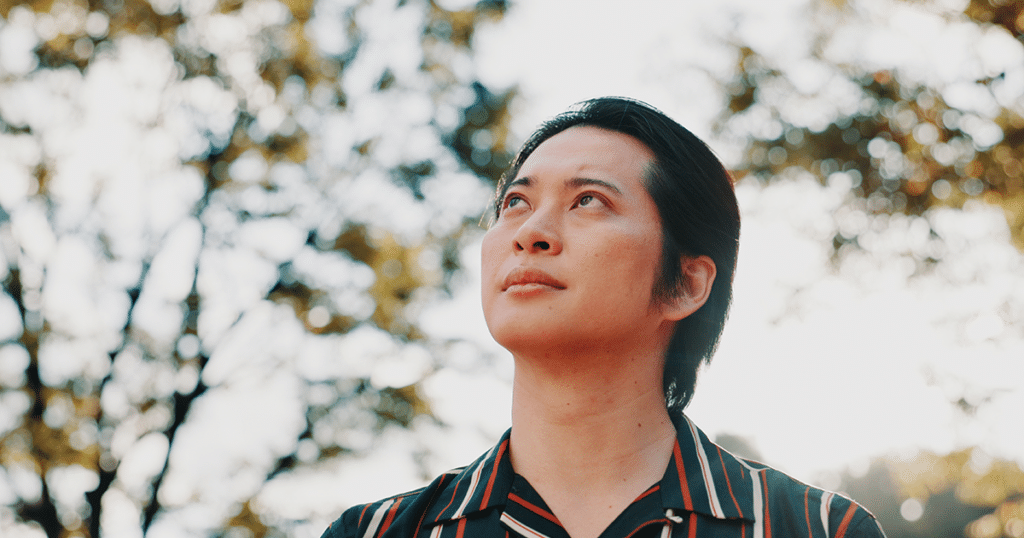by Vanessa H. Roddenberry, Ph.D., HSP-P
Anxiety is a common experience, and while it often feels overwhelming, it’s important to remember that anxiety itself isn’t inherently bad. It’s a natural and necessary part of being human, developed over time to help us survive. However, when anxiety becomes persistent or uncontrollable, it can affect daily life.
The Evolutionary Purpose of Anxiety
At its core, anxiety is part of our body’s built-in stress response, designed to help us react to potential threats. This “fight-or-flight” response dates back to early human evolution, when facing predators or environmental dangers. Anxiety helped our ancestors stay alert and prepared to react quickly to these threats. Even today, this response can be beneficial, helping us stay focused in stressful situations, such as giving a presentation or navigating an important life change.
However, while anxiety was once reserved for life-or-death situations, modern stressors—like work pressures, social demands, or health concerns—trigger the same response. The problem arises when this response is activated too often or inappropriately, leading to chronic anxiety that negatively impacts your health and well-being.
How Anxiety Manifests in the Body
Anxiety is not just a mental experience; it also triggers physical responses. One of the most noticeable signs of anxiety is shallow, rapid breathing, also known as hyperventilation. When we’re anxious, our body tries to take in more oxygen to prepare for action. While this was helpful in prehistoric times, it can lead to uncomfortable physical symptoms when there’s no immediate threat, such as:
- Dizziness or light-headedness from reduced oxygen flow.
- Chest tightness that can mimic the feeling of a heart attack, intensifying panic.
- Tingling or numbness in the hands and feet due to an imbalance of oxygen and carbon dioxide.
These physical sensations often contribute to the cycle of anxiety and panic. In fact, panic attacks are frequently linked to shallow breathing, with rapid, unsteady breaths intensifying the sense of being out of control.
The Role of Thoughts in Anxiety
Anxiety is deeply connected to the way we think. Our thoughts, or cognitions, often fuel anxiety. When we have anxious thoughts, our brain may jump to worst-case scenarios or heighten the perception of danger, which can trigger or worsen anxiety. For example, if you’re thinking, “I can’t handle this,” that very thought might increase your sense of panic and make the anxiety worse.
One of the most counterproductive ways we deal with anxiety is by trying to avoid it or escape it. This is known as experiential avoidance, and it’s a common reaction. The more we struggle against feeling anxious or try to push those feelings away, the more persistent they become. It’s like trying to escape quicksand—the harder we fight, the deeper we sink.
This is where third-wave therapies, such as Acceptance and Commitment Therapy (ACT), come in. These therapies teach that anxiety itself isn’t the problem; it’s how we respond to it. Rather than focusing on eliminating the discomfort, anxiety treatment helps you learn to coexist with it. By accepting anxiety as a natural part of life, you can shift your energy toward things that truly matter—like building meaningful relationships or pursuing your passions.
Coexisting with Anxiety
Therapy provides tools for managing both the cognitive and physical aspects of anxiety. For instance, you learn to recognize unhelpful thought patterns and develop strategies for responding to anxiety differently. Instead of trying to control or avoid your anxiety, you learn to accept it while focusing your energy on what truly matters to you.
Alongside cognitive strategies, physical techniques like deep diaphragmatic breathing can help. When we’re anxious, our breathing becomes shallow, leading to hyperventilation. Deep breathing exercises allow you to regulate your body’s oxygen levels, calm your nervous system, and reduce the intensity of panic. Here’s a simple exercise to try:
- Inhale deeply through your nose, allowing your belly to rise.
- Exhale slowly through your mouth, making the exhale longer than the inhale.
- Focus on the rhythm of your breathing, and gently bring your mind back to your breath if it starts to wander.
By learning to balance your thoughts and regulate your body’s stress response, you can create a healthier relationship with anxiety.
Finding Support for Anxiety
Understanding that anxiety has an evolutionary purpose can help shift your mindset from fighting it to learning how to manage it effectively. Seeking help from a therapist can provide the guidance and tools needed to manage both the physical and cognitive symptoms of anxiety. Whether you’re dealing with persistent worry, panic attacks, or general stress, therapy can teach you how to coexist with anxiety so you can focus on the things that bring meaning to your life.
At Breyta Psychological Services, we specialize in anxiety therapy in Raleigh, offering evidence-based approaches to help you better understand and manage your anxiety. Our team of skilled psychologists can work with you to break the cycle of anxious thinking and help you regain control of your well-being.
We offer counseling for anxiety, either in-person or via telehealth. Don’t let anxiety and worry control your life; reach out for the help you deserve. Contact Breyta Psychological Services today. We can help you develop the tools to manage anxiety and live a more fulfilling, value-driven life.





